- Moodle is an open-source learning management system (LMS) that is used by schools and universities all over the world. It is very versatile and can be used for a variety of purposes, including creating online courses.
- Blackboard Learn is a popular LMS that is used by many schools and universities. It is known for its user-friendly interface and robust features. Blackboard Learn has a wide range of features.
- iSpring Learn is a cloud-based LMS designed to help SMBs and large enterprises create and deliver corporate training programs. The platform offers in-depth learning analytics and unique features.
In today’s ever-evolving educational landscape, I’ve had the privilege of witnessing the transformative power of LMS firsthand.
Today, there are a number of Learning Management Systems (LMS) on the market that can help organizations manage and deliver eLearning content.
However, with such a wide range of options to choose from, it can be difficult to determine which system is right for your needs.
These systems have revolutionized the way we learn and acquire knowledge, providing individuals and organizations with efficient tools to enhance education and training.
I hope this information will help you make an informed decision when selecting an LMS for your organization.
There are many different types of LMS platforms available, each with its own strengths and weaknesses.
As higher education institutions continue to shift towards using Learning Management Systems (LMS) as a way to manage and deliver course content, it is important for faculty to be familiar with the different types of LMS available.
A learning management system, or LMS, is a platform for online learning. It enables educators to create, manage, and deliver courses online.
Join me as we dive into some notable examples of LMS that have made a significant impact across different sectors.
You may also Read
- SocialPilot vs Buffer: Which Is The Better Social Media Management Tool?
- Benefits of Customer Relationship Management (CRM)
- Amazon PPC Management Tools: Which One Is Better And Best?
- Best Project Management Software
Quick Links
- Database Management on WordPress with phpMyAdmin
- Features of LMS: Essential Benefits of a Learning Management System
- Online Learning Platforms | Which Is Best For You?
FAQs on Learning Management Systems
What are the benefits of using an LMS?
Using an LMS has many benefits, including: Centralized management of learning content. Customizable training programs for employees or students. Automated tracking and reporting of progress and results.
What features should I look for in an LMS?
When choosing an LMS, it's important to look for features that meet your specific needs. Some important features to consider include: User-friendly interface. Customizable branding and design options. Ability to create and deliver a variety of course content, including multimedia and interactive elements.
How much does an LMS cost?
The cost of an LMS varies depending on factors such as the size of the organization, the number of users, and the features and functionality required. Some LMS providers offer subscription-based pricing models, while others charge based on the number of users or courses.
Can an LMS be used for compliance training?
Yes, an LMS can be used to deliver compliance training and track progress and results. Many LMS providers offer pre-built compliance courses and templates that can be customized to meet specific needs and requirements.
Conclusion- Learning Management Systems
In wrapping up this exploration, it’s fascinating to witness the diverse array of Learning Management Systems (LMS) presented by these 10 examples.
Each LMS brings a unique flavor to the table, tailored to address a wide spectrum of educational needs.
As we consider our options, let’s reflect on how each platform resonates with our individual or organizational aspirations.
The journey of selecting the perfect LMS involves not just analyzing features, but also embracing the potential for growth, both for learners and organizations.
Hopefully, this has given you a good idea of what an LMS can do for your business and some ideas about which type might work best for you.
If you want more information or need help deciding which option is best for you, don’t hesitate to reach out to us. Our team would be happy to discuss your needs and recommend the perfect LMS solution for your company.






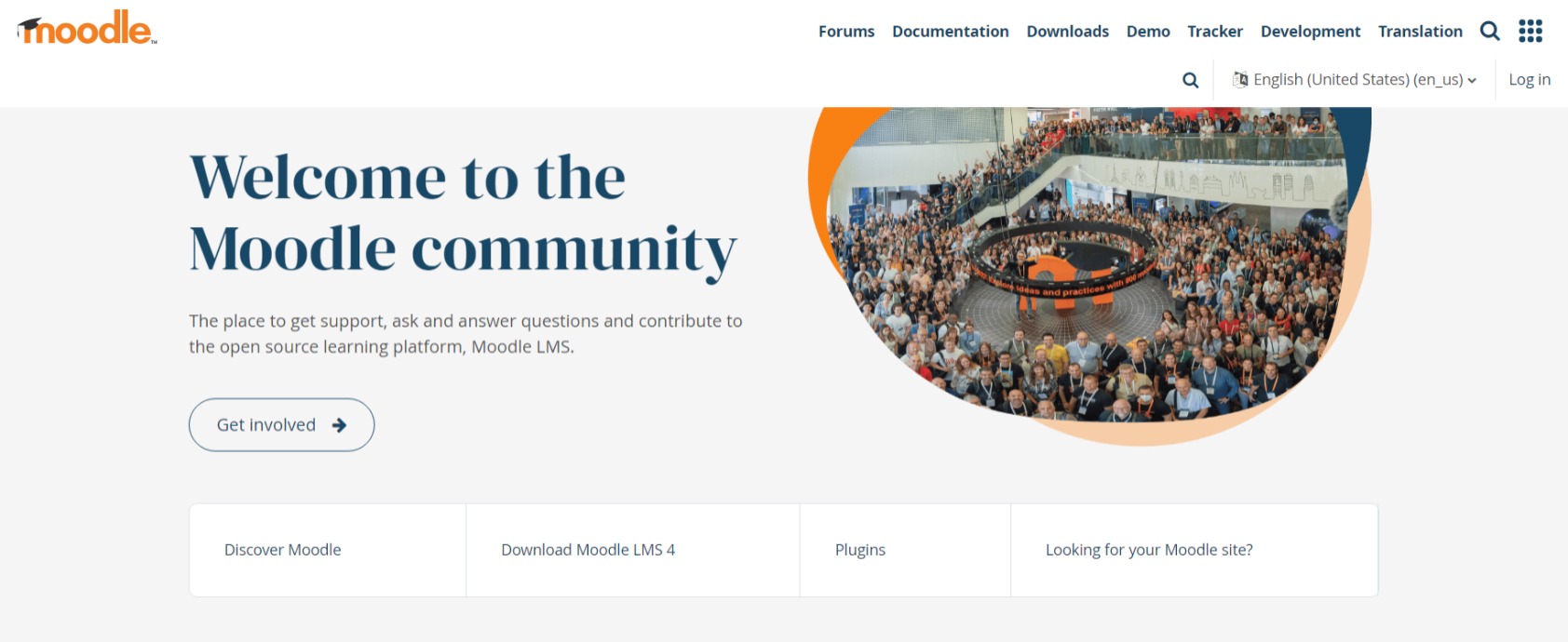
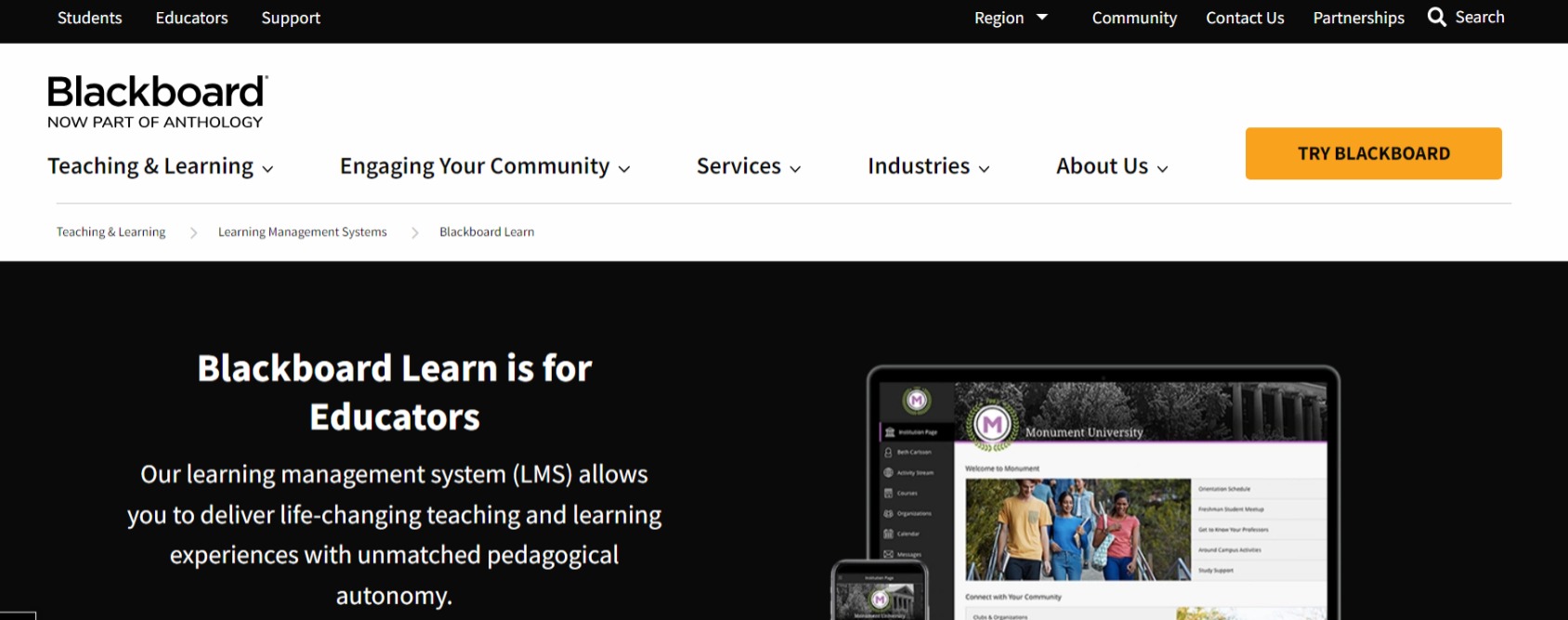
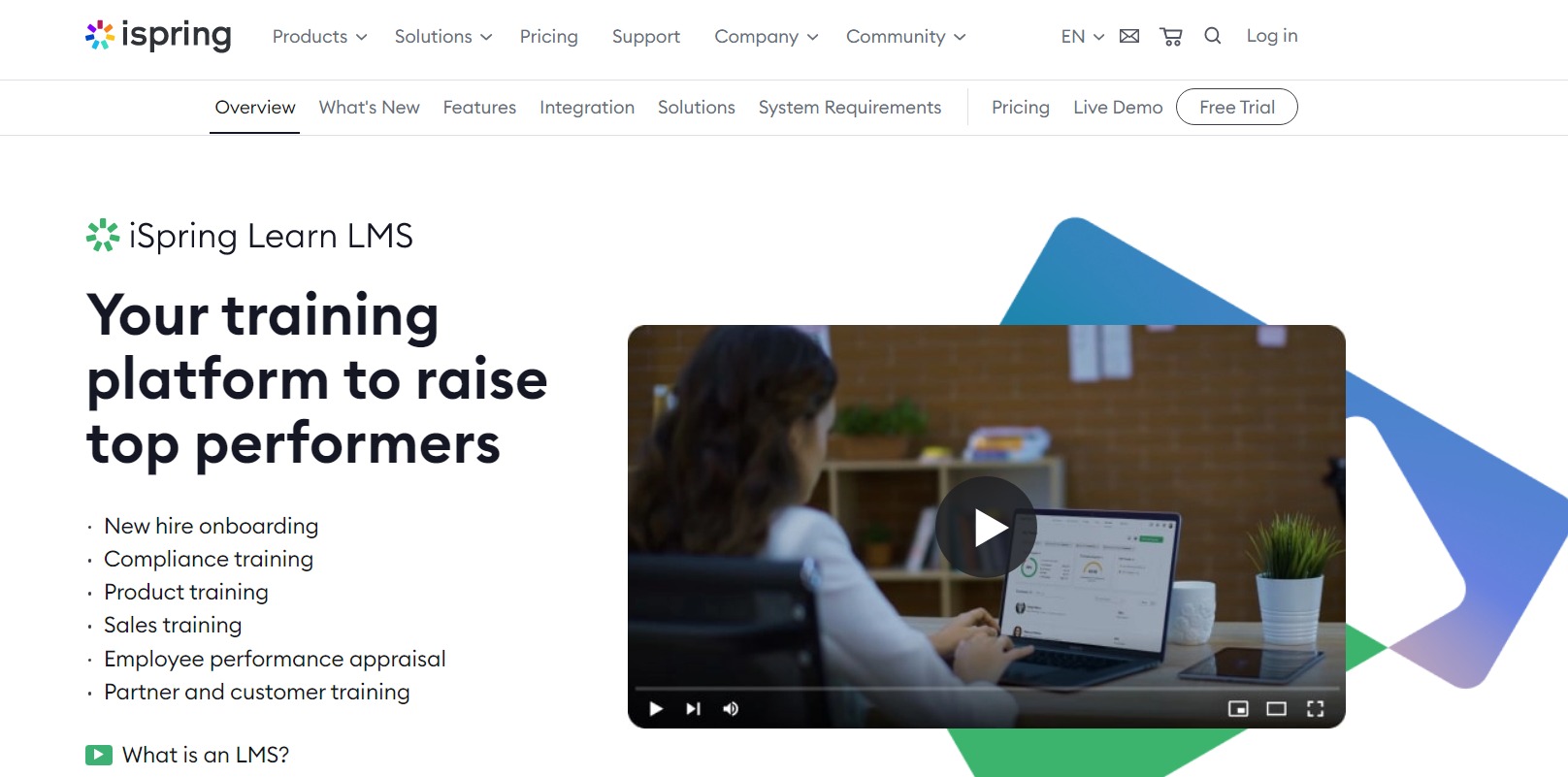
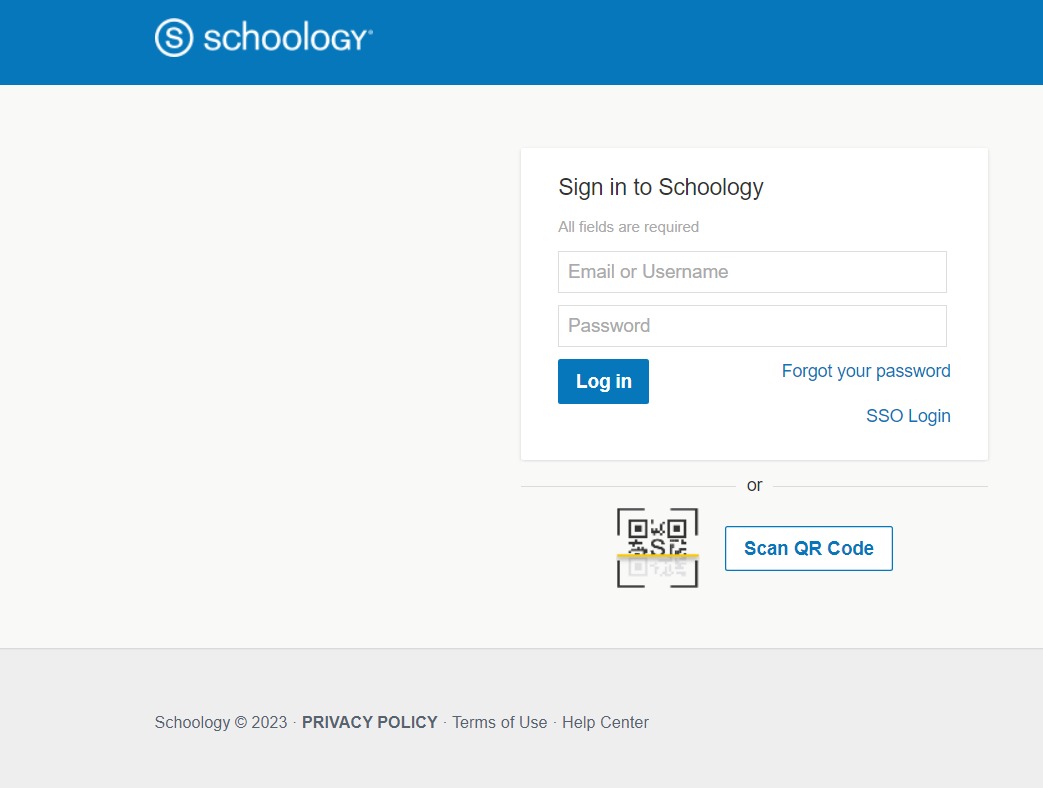
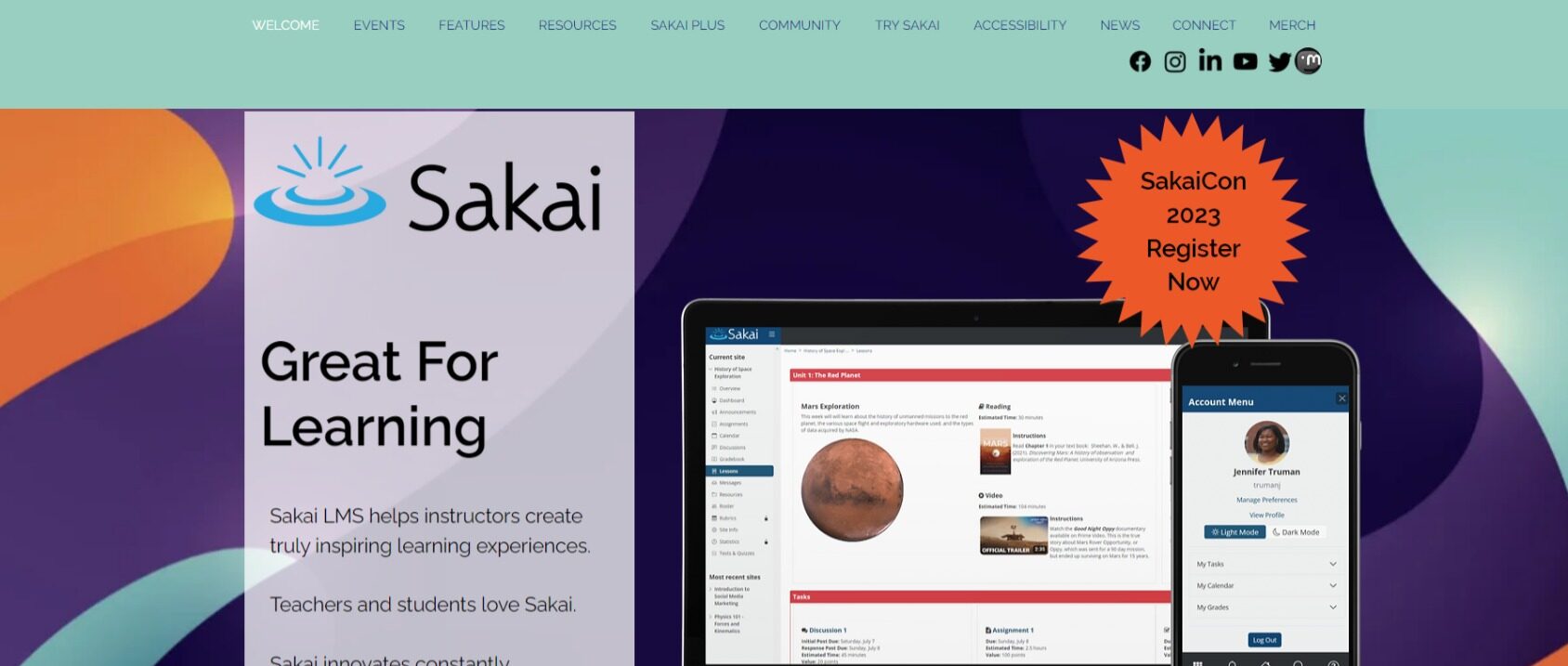
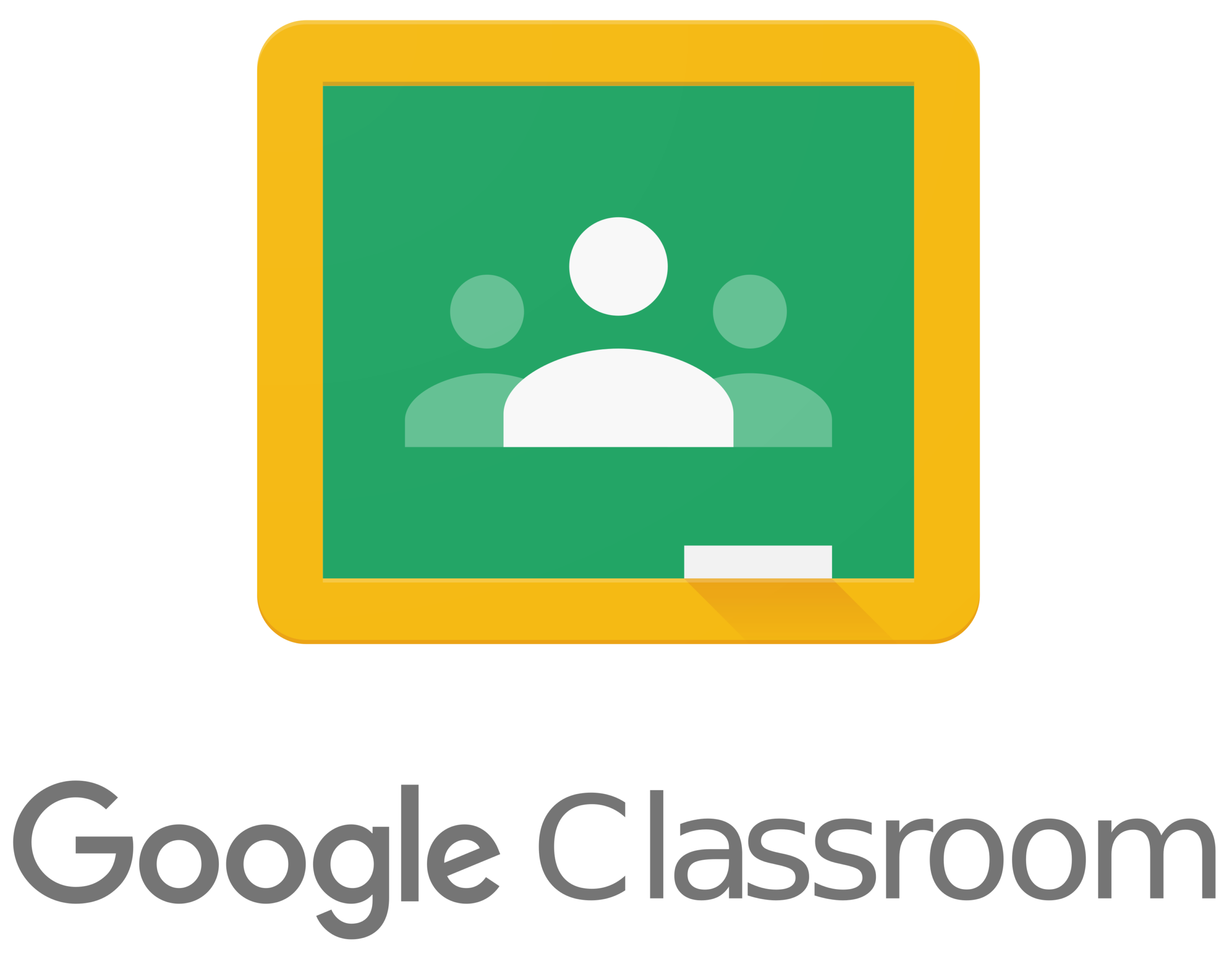
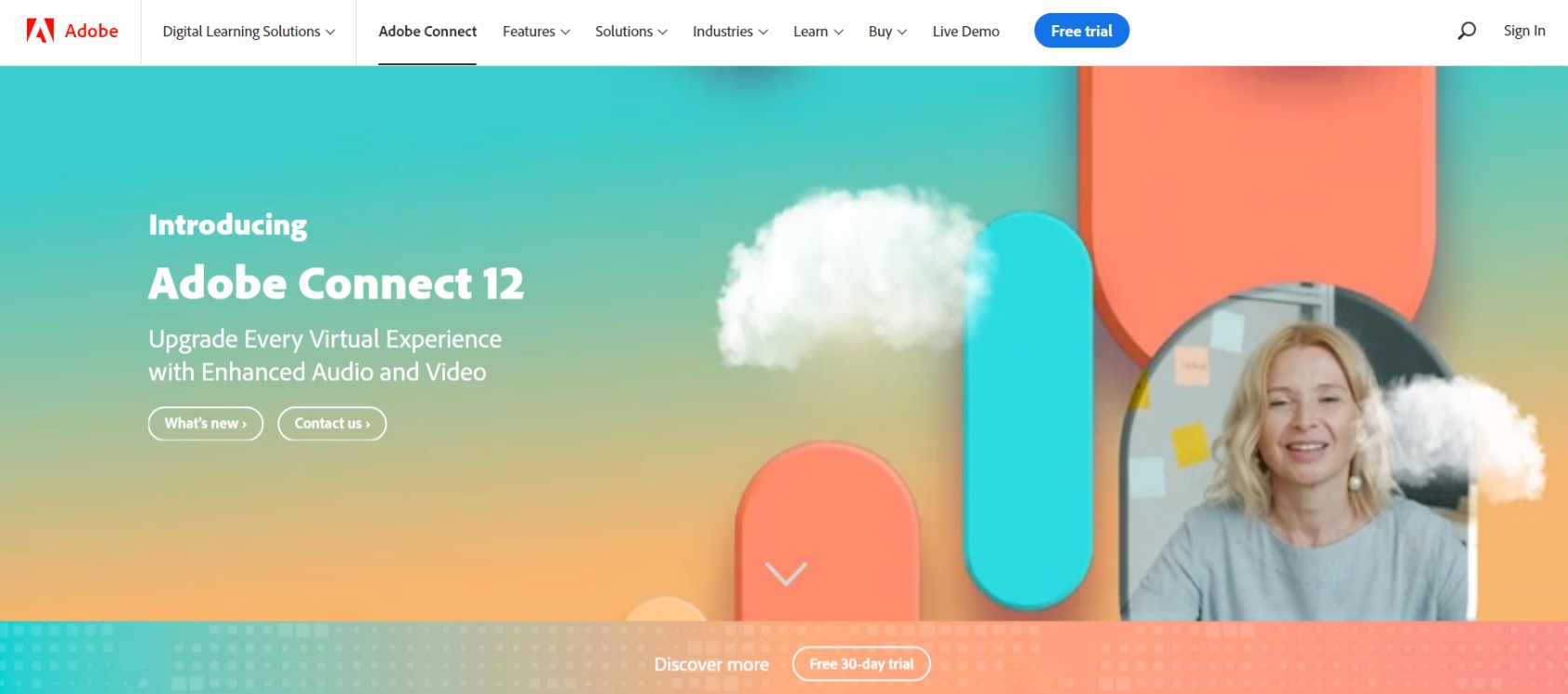
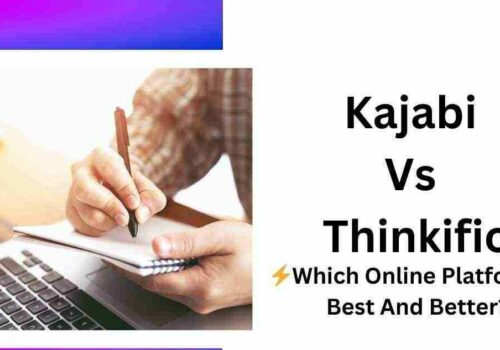
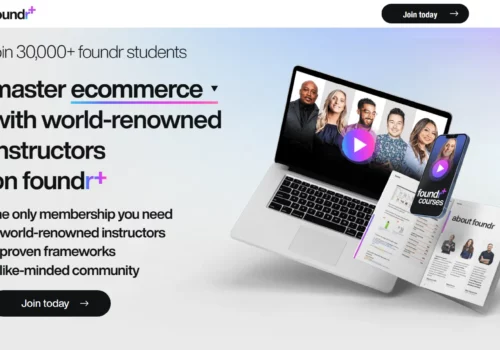


Hey Sonam, great post! Noticed Continu didn’t make the list. We’re a highly-rated learning platform on G2 with some big-name customers. Let me know if you can check us out and get added to this list. Appreciate it!